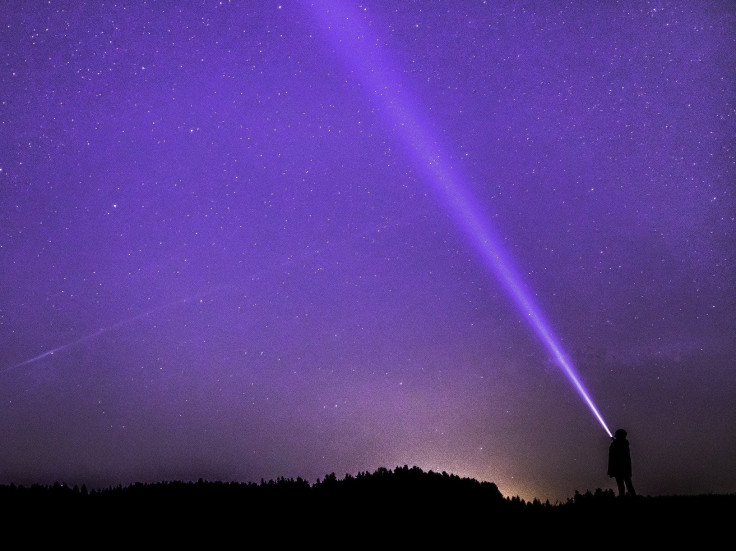Meteor Shower, Solar Eclipse: Sky Events You Can Look Forward To In April
KEY POINTS
- Views of Mercury's greatest eastern elongation will be best for Northern Hemisphere viewers
- There will be a rare hybrid solar eclipse later in April
- The Lyrids is said to be among the oldest known meteor showers
Get ready for a month of skywatching because April is packed with interesting sky events, from the Pink Moon to the end of the meteor shower drought.
Skywatching for April begins with the Pink Full Moon on April 6. It's called the Pink Full Moon not because it has a pinkish glow but because it often coincides with the springtime blooming of the wildflower Phlox subulata — also known as "moss pink" — in North America.
Moon When the Streams Are Again Navigable and Breaking Ice Moon are among its many names, too.
The bright star Spica will also be making an appearance to the lower left of the Moon, so skywatchers may want to catch that lovely view.
Best Mercury Elongation for Northern Viewers
Just days later, on April 11, Mercury will be at its greatest eastern elongation, so skywatchers may want to come out after sunset to witness it. It will reportedly be tougher to see from the Southern Hemisphere. For the Northern Hemisphere, on the other hand, it's expected to be the "best Mercury elongation of the year," according to EarthSky.
Make sure to look soon after sunset and use the bright planet Venus as a reference to help you find Mercury. After the event, Mercury will "rapidly fade," disappearing by the third week of the month.
Rare Hybrid Solar Eclipse
On April 20, skywatchers will be in for a treat because there will be a rare hybrid solar eclipse. It's essentially a type of eclipse that changes its appearance as it moves along, and what it would look like to an observer would depend on where the observer is.
This means that in some places, observers may see a total solar eclipse, while others may see an annular solar eclipse — the type of eclipse that creates a "ring of fire."
This eclipse will be visible to viewers in North West Cape peninsula of Australia and parts of Southeast Asia, according to TimeandDate. Viewers from other areas need not fret, however, because they can watch it live here. And those in the U.S. also have several exciting eclipses to look forward to this year and the next.
Finally, a Meteor Shower
After the usual meteor shower drought that runs from January to mid-April, skywatchers will finally get to see another meteor shower in the form of the Lyrids. The Lyrids meteor shower is said to be the oldest known meteor showers, according to NASA. The first sighting of it was way back in 687 BC.
This year, the Lyrids are expected to start being active on April 15 and will run through April 29, according to the American Meteor Society (AMS). Its peak, however, will be on the evening of April 22 to 23. Good rates are expected for three evenings "centered on the maximum," so there will be enough time to catch a glimpse of them.
This meteor shower tends to produce fireballs. And with the Moon only being 9% full on the evening of the peak, its brightness won't be much of a hindrance to viewing the shower, giving way to what could be a great meteor shower experience.
The Lyrids are visible in both the Southern and Northern Hemisphere, though the views are said to be "best seen" from the Northern Hemisphere.

© Copyright IBTimes 2025. All rights reserved.






















